4 MORE Basic Knots to Know

Last month I did an article about useful knots to know on a campout. Although having a knack for those afore mentioned knots help in countless situations, there’s still a bundle of bindings out there that can help in others. I’m not saying these knots are more important. But they will help you with other necessities that may not necessarily apply to a campout, but still useful to know, like…
4. The Carrick Bend
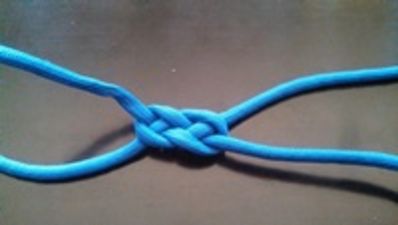
Let’s say you had a heavy burden, that you feel uneasy supporting with a cord bound by a square knot— which is after all just two overhand knots. There is another more complicated knot out there, meant for holding more weight and looking even more awesome.
The Carrick Bend is like the sheet bend, binds two ropes with more security, but with another added twist. To tie one, you need only

- Make a loop with one string.
- Draw your other rope under the loop.
- Pull the rope around the outside of the loop
- Bring it back under the loop
- And thread it over itself, so that both knots look identically entwined.
Before you pull it tight, it looks like a celtic knot when you’re done.
3. The Timber Hitch
Let’s say you wanted a knot that acts like a slipknot, fastening itself around the base of a tree or a stationary object, but don’t want to strangle any tree or piece of wood you tie it to.
Timber hitches are great for securing heavy objects to solid bases, like a bear bag to a tree, or a guitar string to a bridge. You only need to…

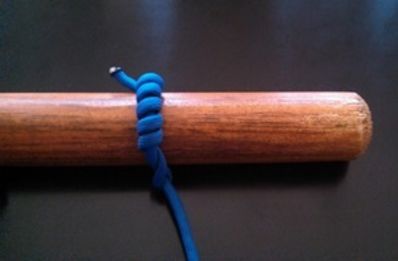
- Wrap a length of rope around your base (a tree, a pole, or in my case, a broom stick)
- Feed the rope back under the loop
- Then through the loop
- Then feed your rope back over, through the loop again
- and again…
(and again… and again… and as many times you need!)
Once it’s cinched down, it will stay as tight as you can pull. When you decide you’re done using it, you can undo it in a snap!
2. Alpine Butterfly Loop
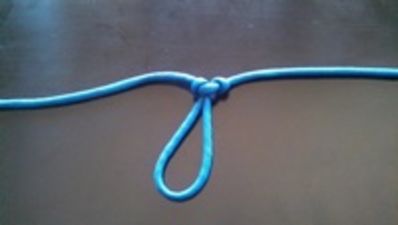
Let’s say you want to create a loop in the middle of a rope that doesn’t constrict or release. You need something similar to a bowline but don’t want to use either end which you have strapped to a harness or to the climbing wall. You need to make a loop without using the ends of the rope.
In this situation, an alpine butterfly makes perfect loops for climbing, especially if you want to hook in extra straps or items.
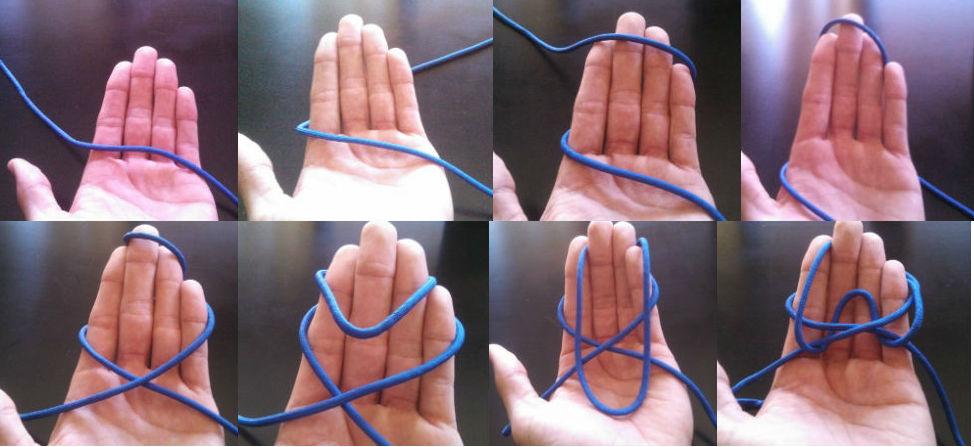
You need only…
- Wrap the rope across your palm
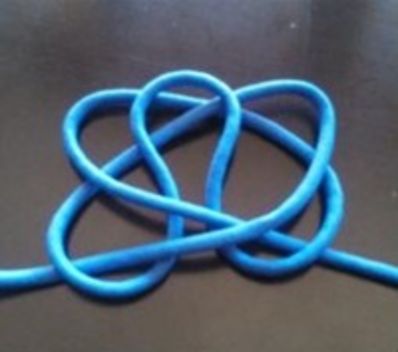
- Around your top three fingers,
- And back across your palm to make an ‘x’ shape.
- Then, taking the loop created at the tips of your fingers, pull down over the ‘x’ in your palm
- Feed it up and under.
Remove your hand and you should have a beautiful knot in its place.
Unfortunately, you can only appreciate the butterfly shape ‘til you pull both ends tight to make the Alpine Butterfly loop.
1. That Necklace “Tightener” Knot That Everyone Does (AKA The Barrel Knot)
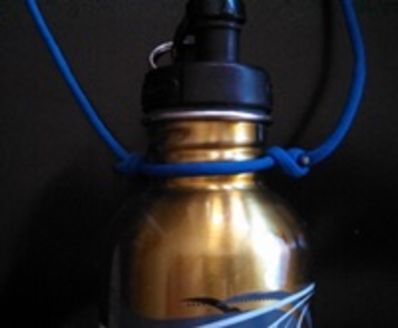 Some of you may see those knots that blacksmiths use to tie off their arrowheads or talismans. They can adjust to any size around your neck. They can be used to cinch down necklaces or makes straps around the lip of a water bottle.
Some of you may see those knots that blacksmiths use to tie off their arrowheads or talismans. They can adjust to any size around your neck. They can be used to cinch down necklaces or makes straps around the lip of a water bottle.
It’s called the barrel knot.
And to get it started, you will need to tie essentially a double slipknot. Those of you who read my last entry may know my feelings about slipknots. This case is the only instance I recommend using one.

- Lay your necklace on a table.
- Loop one end twice around the other rope
- Pull the excess cord of the tip through the loops from the far side.
- Do an identical knot with the other cord and make sure the lines are even.
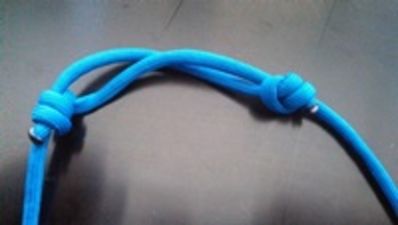
It’s a simple knot to throw together. If the double loop is too tricky for you, you can do 1 loop. Or if it’s hardly enough, you can do 3 loops (but any more and it just looks ridiculous).
Hopefully these knots will come in handy when you need them.
Ready to put these knots into action?
Find out more about our adventure program at Falling Creek!
Adventure at Falling Creek